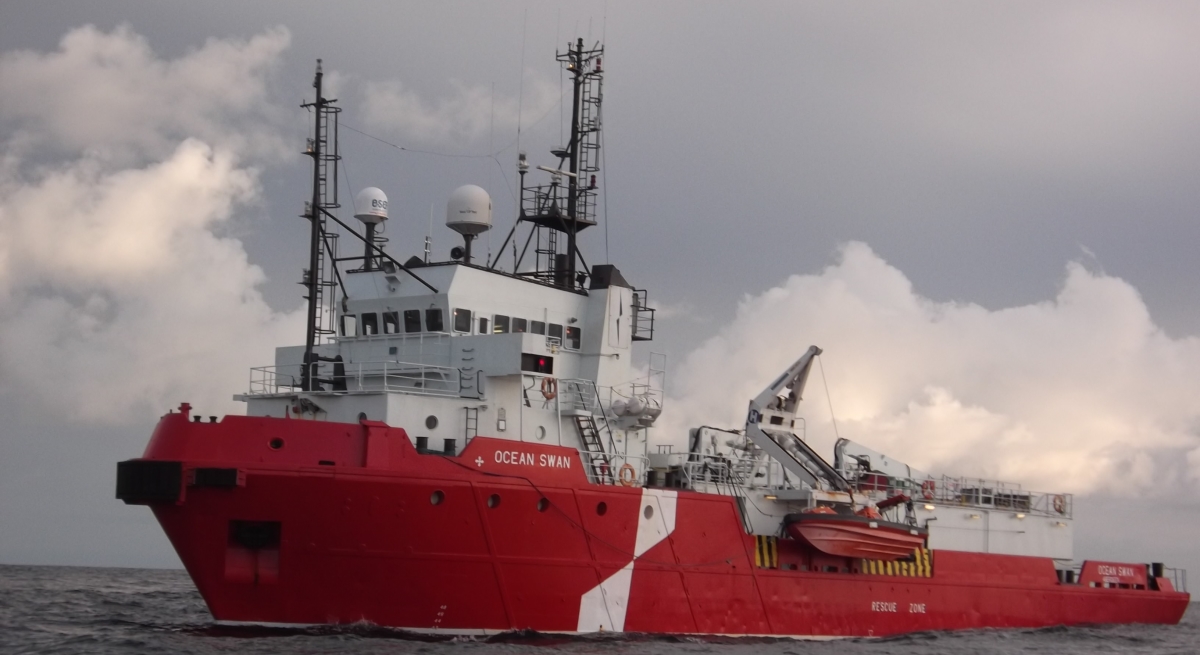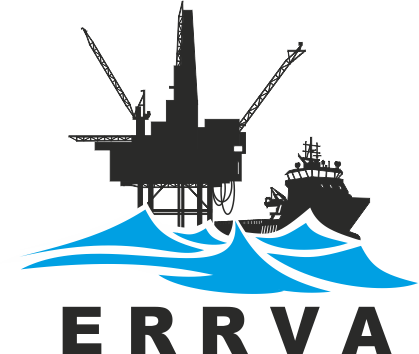ERRVA Role

Regulation 17 of PFEER states that : "The Duty Holder shall ensure that effective arrangements are made which include such arrangements with suitable persons beyond the installation for : • Recovery of persons following their evacuation or escape from the installation, and And for the purpose of this regulation, arrangements shall be regarded as being effective if they secure a good prospect of those recovered, rescued and taken to a place of safety ".
The fundamental requirements which an emergency response and rescue vessel must satisfy are that it should be capable of :
• Rescuing from the water or recovering persons and providing them with medical aid.
The ERRV is alongside the installation for 365 days per annum with crew changes taking place every twenty eight days.
Rescue exercises are carried out offshore when sea conditions of up to 3.5m significant wave height permit the safe launching and recovery of the FRC. The ERRVs undertake rescue trials on a regular basis.
ERRVA PERFORMANCE STANDARDS DECEMBER 2023 Why is there an ERRV alongside an offshore installation ?
• Rescue of persons following their evacuation or escape from the installation, and
• Taking such persons to a place of safety
What is the fundamental duties of the ERRV ?
• Acting as a "place of safety" in accordance with PFEER.
• Providing on-scene coordination as required, in accordance with the relevant installation's Emergency Response Plan.
• Participating fully in the execution of the installation collision avoidance strategy, e.g. to monitor the safety zone, warn approaching vessels and the
installations of the risk of collision and prevent same where possible.
• Acting as a reserve radio station.
How long is the ERRV alongside an installation ?
How often are rescue exercises carried out offshore ?
